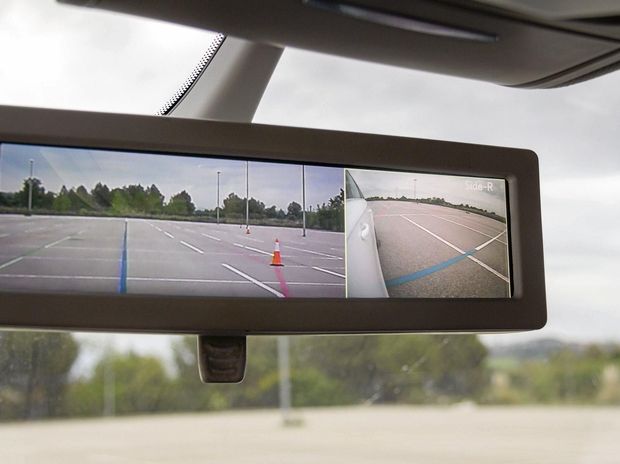The advent of autonomous, connected and electric vehicles with integrated advanced driver-assistance systems (ADAS), is compelling vehicle manufacturers to replace traditional interior and exterior rear view mirrors with electronic mirrors (eMirrors) and smart camera feed modules.
According to research house Frost & Sullivan, the combination of camera technology and mirrors with lighting and telematics allows for greater visibility with real-time information, eliminating blind zones around vehicles, reducing aerodynamic drag and improving future cockpit and cabin design and functionality.
The company’s latest analysis on the Rear View Mirrors Market in North America and Europe offers insight on various aspects of mirror technology, integration of rear view mirrors with ADAS, and the role of digital rear view mirrors in semi-autonomous driving.
“By 2025, one in three vehicles is expected to offer electrochromic auto-dimming interior rear-view mirrors, along with a host of advanced functions like antenna integration for various applications,” says senior research analyst Manish Menon.
He the introduction of ADAS with features such as head-up displays, blind spot detection and lane keeping assist have partly made traditional external mirrors and, to an extent, interior mirrors, redundant in traffic.
According to his research, several developments and trends are driving growth in the North American and European rear-view mirrors market:
- By 2025, traditional interior and exterior rear-view mirrors in the E, F, and G vehicle segments will give way to camera-powered, 2-in-1 video screens that provide normal mirror functions as well as a video feed of the vehicle’s surroundings;
- Camera-integrated rear-view mirrors are expected to reach about 1,4 million in unit shipment by 2025 with a host of vehicles offering multiple camera-driven continuous feed mechanisms;
- Proliferation of ADAS and safety functions, such as blind spot detection and lane departure warning, along with the convenience of continuous camera feed, will boost the uptake and adoption of exterior eMirrors;
- Connected living lifestyles will be pushed through future mirror systems that integrate ADAS functions with biometrics.
“Future driver interaction with the vehicle cockpit is expected to be largely hands-free. OEMs and suppliers should look toward developing or acquiring advanced human-machine interface concepts, such as natural language and gesture recognition, to gain a competitor advantage,” Menon maintains.











